Skin Staplers
Skin Staplers, also known as Wound Staplers or Surgical Staplers are medical tools found in hospitals for surgical procedures. They are used for tissue closure or skin closure and as an alternative to sutures and needles. These devices are easy to use and save considerable time for the surgeon. Medical studies demonstrate the benefits of a surgical skin staplers meet or exceed the results of sutures. These studies show that it took an average of
Skin staplers are surgical instruments used to close wounds. These wounds can be on the skin surface or internal. They are mainly used for large wounds. The primary use for surgical staplers is for scalp lacerations and for linear nonfacial lacerations. Much like a paper stapler, this device inserts a stable into the tissue and then bends the ends of the staple towards each other, forming a triangle or a double loop. Depending upon the size or length of the wound, as many staples as necessary may be used to close the wound area. This procedure leaves staples at the wound site to keep adjacent tissue connected to allow healing. After 4 to 14 days, the staples are removed with a staple removal device.
Surgical staplers are available in fixed-head or rotating head designs. Fixed heads are used for routine wound closure while rotating heads are used for improved visibility and access during routine wound closures. Rotating heads also offer better cosmic results. These devices install titanium or stainless steel staples to hold an incision together to facilitate healing. Titanium staples have less risk with the immune system and do not interfere significantly with MRI scanners. Synthetic absorbable staples are also available made with polyglycolic acid.
Skin Closure Alternatives
Skin staplers are an alternative to suturing, clips, adhesive tape, skin closure strips, or skin glues (also known as dermal adhesives or topical adhesives). Each of these products have their advantages and disadvantages. Below are the strengths and weakness for skin staplers.
Advantages
- High tensile strength.
- High resistance to infection.
- Ease of use.
- Fast application time.
- Evenness of wound closure
- Cost effectiveness.
- Minimal damage to host defenses.
- Low risk of skin reactions.
- Easy to learn.
- Reliable performance.
- Faster healing outcomes.
Disadvantages
- Intrusive to tissue.
- Cosmetic scarring.
- Pain during application and removal.
- Less meticulous skin approximation.
Types of Medical Staplers
- Disposable
- Reusable
- Circular
- Linear
- Curved Cutter
- Endo Cutter
Skin Stapler Comparison Chart
Image |
Type |
Design |
Use |
|---|---|---|---|
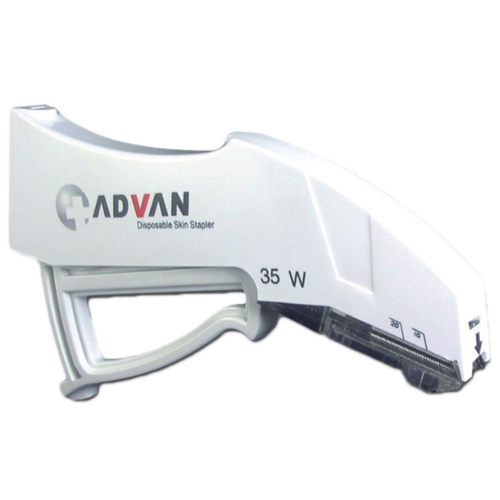 |
Disposable |
fitted with disposable cartridges |
used on a single patient |
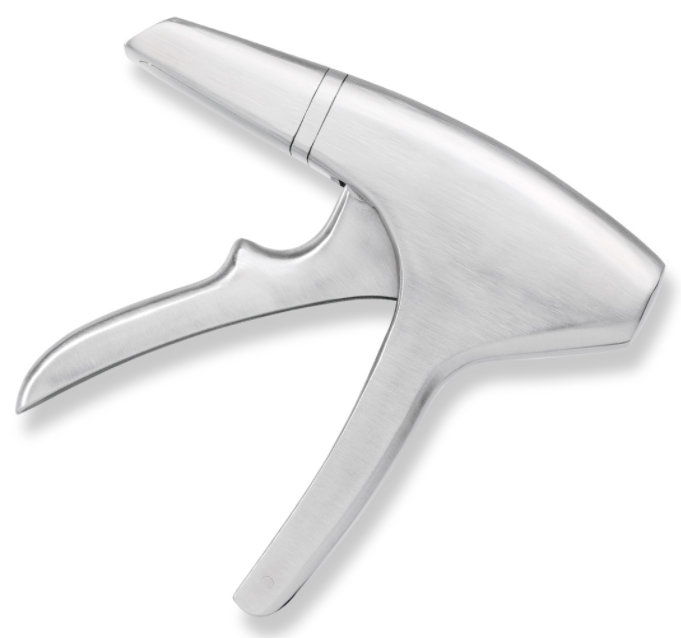 |
Reusable |
gun-like design |
made from stainless steel or alloy and requires sterilization after each use |
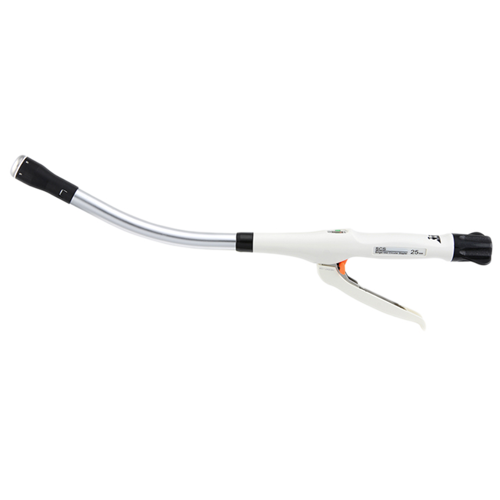 |
Circular |
long-reach neck |
used in general and thoracic surgery, obesity surgical treatments and in colo-rectal surgery; performs end-to-end, side-to-end, and side-to-side anastomoses |
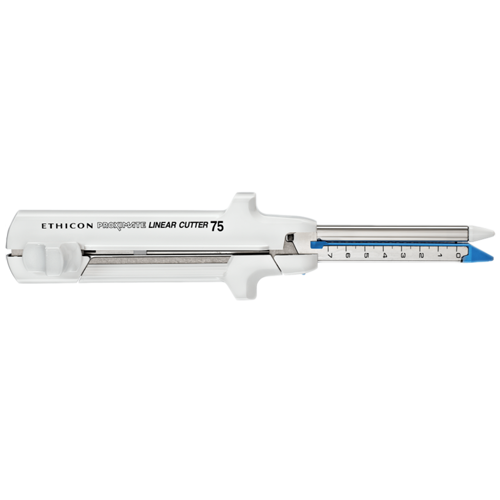 |
Linear Cutter Stapler |
straight design with wand type handle |
used in abdominal, thoracic, gynaecology, and paediatric surgery; used for resection and transection of organs or tissues |
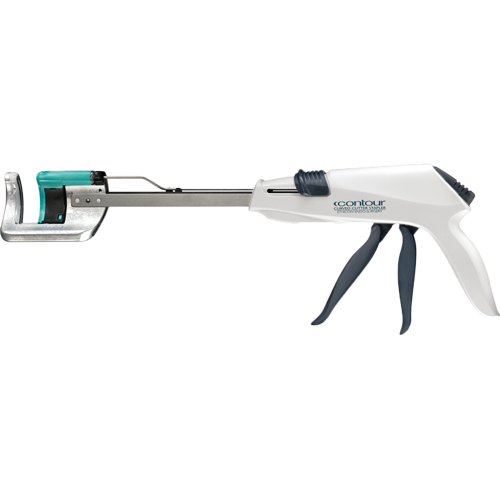 |
Curved Cutter Stapler |
pistol-grip designed with curved stapler end |
useful for transection, resection and anastomosis in alimentary canal surgeries |
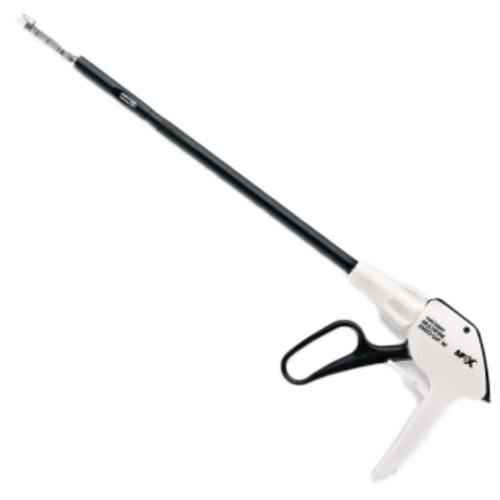 |
Endo Cutter Stapler |
pistol-grip with long shaft |
designed for abdominal, gynecologic, pediatric and thoracic surgery for resection, transection and creation of anastomosis; provides triple-staggered rows of staples simultaneously |
Anatomy of Skin Staplers
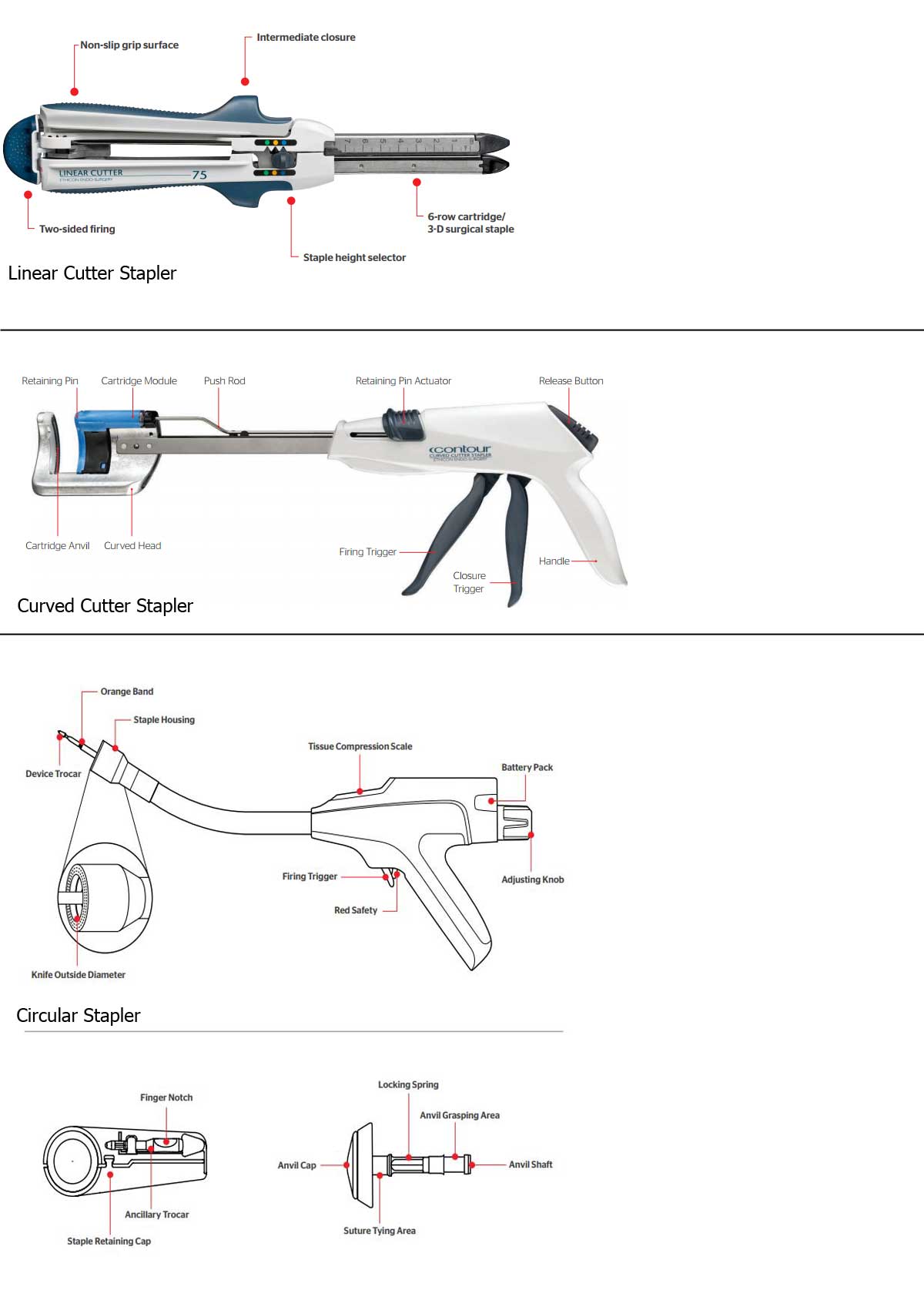
Vitality Medical offers a wide assortment of medical instruments for sale, including medical scissors, surgical staple removers, and scalpels.
Medical Studies of Skin Staplers
-
 dos Santos, Luiz R. Medina, et al. "Prospective study using skin staplers in head and neck surgery." The American journal of surgery 170.5 (1995): 451-452.
dos Santos, Luiz R. Medina, et al. "Prospective study using skin staplers in head and neck surgery." The American journal of surgery 170.5 (1995): 451-452. -
 Ranaboldo, C. J., and D. C. Rowe‐Jones. "Closure of Iaparotomy wounds: skin staples versus sutures." British Journal of Surgery 79.11 (1992): 1172-1173.
Ranaboldo, C. J., and D. C. Rowe‐Jones. "Closure of Iaparotomy wounds: skin staples versus sutures." British Journal of Surgery 79.11 (1992): 1172-1173. -
 Dawson, David L., et al. "Use of skin staplers in experimental gastrointestinal injuries." Journal of Trauma and Acute Care Surgery 32.2 (1992): 204-209.
Dawson, David L., et al. "Use of skin staplers in experimental gastrointestinal injuries." Journal of Trauma and Acute Care Surgery 32.2 (1992): 204-209. -
 Brickman, Kris R., and Robert W. Lambert. "Evaluation of skin stapling for wound closure in the emergency department." Annals of emergency medicine 18.10 (1989): 1122-1125..
Brickman, Kris R., and Robert W. Lambert. "Evaluation of skin stapling for wound closure in the emergency department." Annals of emergency medicine 18.10 (1989): 1122-1125.. -
 McGuire, J., I. C. Wright, and J. N. Leverment. "Surgical staplers: a review." Journal of the Royal College of Surgeons of Edinburgh 42.1 (1997): 1-.
McGuire, J., I. C. Wright, and J. N. Leverment. "Surgical staplers: a review." Journal of the Royal College of Surgeons of Edinburgh 42.1 (1997): 1-.
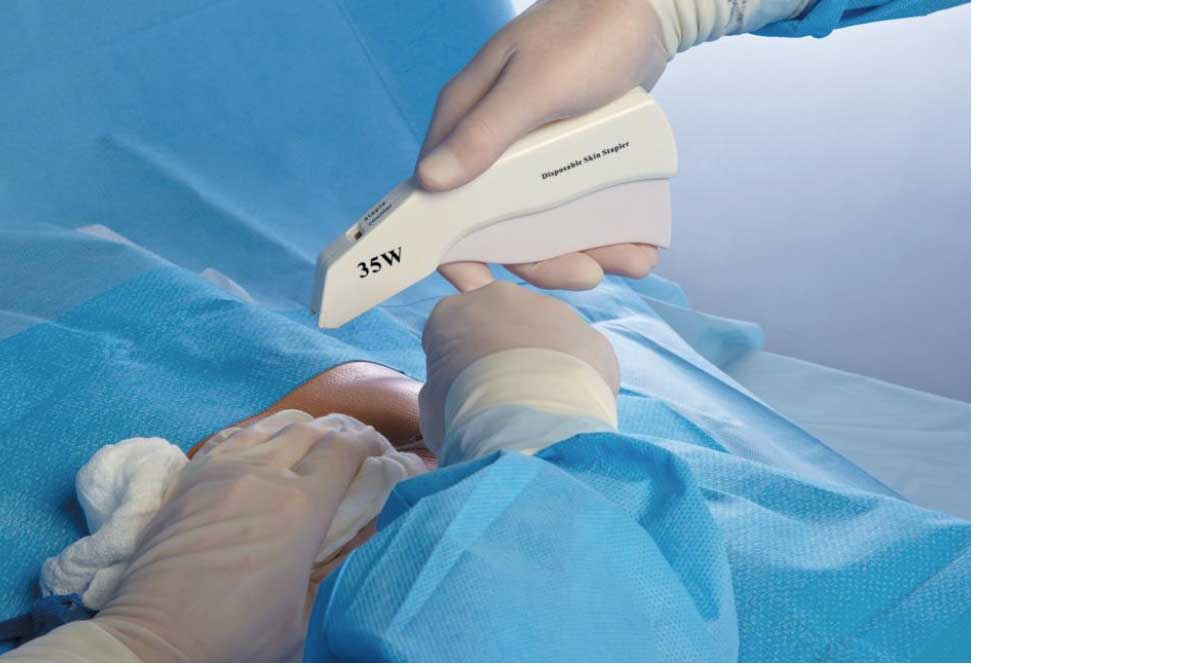
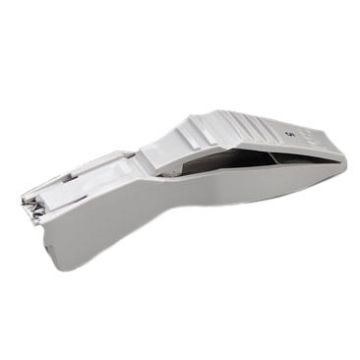
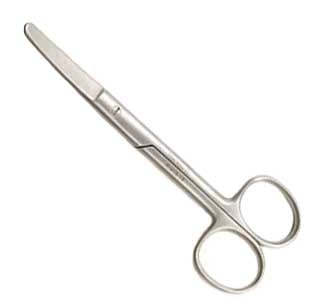
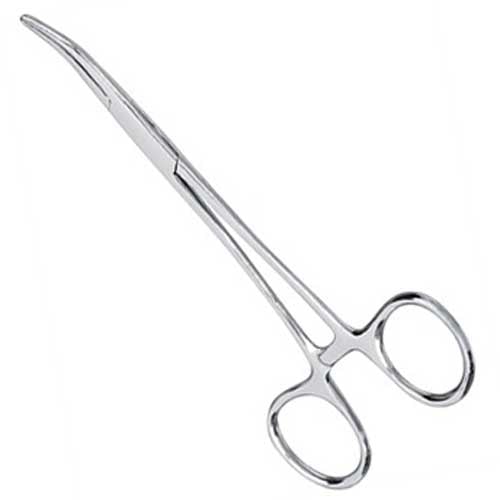
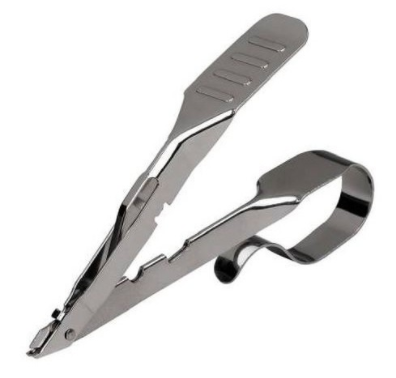
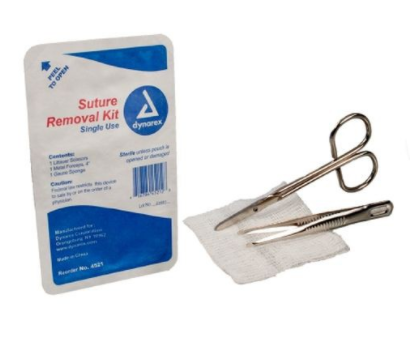
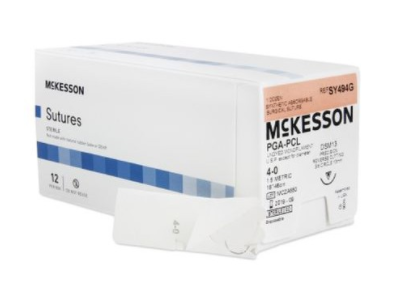
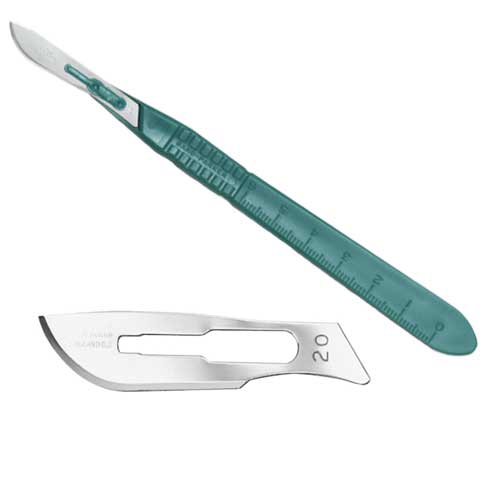
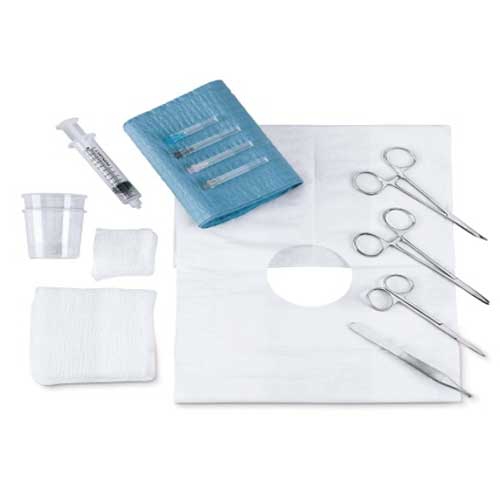
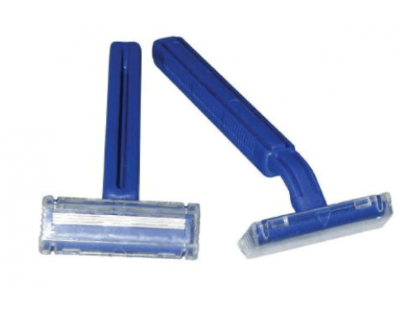
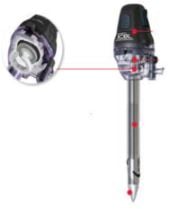
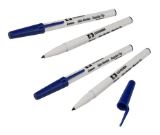

Login and Registration Form